Running: that age-old pursuit of humanity, a simple yet profound way to test one's mettle, fitness, and occasionally, the ability to gab about the latest episode of your favorite show while doing so. Yes, you read that right. Talking while running isn't just a party trick; it's an insightful gauge of your body's aerobic threshold, or in layman's terms, the efficiency of your internal engine. The benefits of talking while running include better understanding of your endurance levels and improving your overall fitness.
The Tale of the Talking Runner
Imagine jogging through a scenic route, your friend by your side. You're both discussing the finer points of the latest TV drama, dissecting plot twists with the precision of a seasoned critic. Suddenly, you notice something. While you're effortlessly chatting away, your friend is gasping for air, unable to contribute more than a nod. Congratulations, you've just discovered you have what's known as a "good engine" or a high aerobic threshold. This scenario answers the question: should you be able to talk while running? The answer is yes, as it indicates a well-developed aerobic system.
Aerobic Threshold: Your Body's RPM
To understand this phenomenon, think of your body as a car. The aerobic threshold is akin to the RPMs before the turbo kicks in. It's the level of exertion where your body switches from burning oxygen efficiently (and being able to talk) to going all out and burning other fuels less efficiently (cue the huffing and puffing). Having a higher threshold means you can maintain a faster pace or exert more effort while still in the "efficient" zone. Essentially, it's the difference between a leisurely countryside drive and pedal-to-the-metal racing.

Why a Good Engine Rocks
A high aerobic threshold is the holy grail for endurance athletes. It means longer distances without turning into a wheezing wreck, quicker recovery times, and, let's be honest, bragging rights among your running circle. It's also incredibly beneficial for your overall health, improving cardiovascular efficiency, metabolic health, and even mental well-being. Plus, it makes those runs less about survival and more about enjoying the journey (and the chat).
Boosting Your Aerobic Threshold: A DIY Guide
Now, before you start envisioning grueling workouts reminiscent of a military boot camp, increasing your aerobic threshold doesn't have to be a journey through hell. Here are some humorously realistic tips to improve that engine of yours:
- Embrace the Long, Slow Distance (LSD): And no, we're not talking about a trip through the '60s. Long, slow runs are your bread and butter. They should be at a pace where you can comfortably hold a conversation without gasping for air like a fish out of water. If you can sing "Bohemian Rhapsody" in its entirety, you might want to speed up a tad.
- Interval Training: This is where you alternate between running like you've stolen something and jogging like you're on a leisurely Sunday morning coffee run. It's the equivalent of teaching your body to switch gears efficiently, improving both speed and endurance.
- Hill Repeats: Find a hill. Run up it. Walk or jog down. Repeat until you either love or loathe the sight of any incline. Hills are nature's resistance training, building strength and improving your aerobic capacity.
- Rest and Recover: Remember, your body improves during rest, not while you're turning your legs into jelly. Overtraining is like trying to drive a car with no fuel; you're not going anywhere fast. Listen to your body, and don't be afraid to take a day off. Your Netflix queue will thank you.
- Mix It Up: Cross-training (think swimming, cycling, or chasing after a particularly agile dog) can prevent boredom and work different muscle groups, contributing to overall fitness and improving your running performance.
Fueling Your Aerobic Engine: How Food and Supplements Can Help
The food you eat and the supplements you take can have a significant impact on your aerobic threshold and overall endurance performance. Think of your body as a high-performance vehicle. Just as premium fuel can help a car run more efficiently, the right nutrients can help your body perform better and recover faster. Let's dive into how certain foods and supplements can turbocharge your aerobic engine needs.
The Fueling Strategy
Carbohydrates: The Main Fuel
Carbohydrates are your body's preferred energy source during high-intensity aerobic activities. Consuming a diet rich in complex carbohydrates, such as whole grains, fruits, and vegetables, ensures a steady energy supply to maintain your performance level and delay fatigue. Simple carbohydrates, like those found in sports drinks or gels, can be beneficial during longer runs to provide a quick energy boost.
Proteins: The Building Blocks
Proteins are crucial for recovery and repair. After a hard workout, your muscles need protein to heal and grow stronger. Including a source of lean protein in your meals and snacks throughout the day can support muscle recovery and adaptation. Good sources include chicken, fish, tofu, legumes, and dairy products.
Fats: The Endurance Fuel
Fats are an important energy source for long-duration, lower-intensity exercise. Healthy fats, such as those found in avocados, nuts, seeds, and oily fish, can help sustain energy for longer runs and support overall health.
Supplement Ingredients: The Extra Mile
While a balanced diet should always be in your playbook, certain supplements can offer additional benefits to increase aerobic performance. Let’s take a look at a few of the ingredients:
Iron
Iron is crucial for transporting oxygen to your muscles. An iron deficiency can significantly impact endurance performance. Endurance athletes, especially women, are at risk of iron deficiency and may benefit from supplementation after consulting a healthcare provider.
Magnesium
Magnesium plays a role in muscle function and energy production. It can help prevent cramps and is important for heart health. While it's important to get magnesium from foods like leafy greens, nuts, and whole grains, many endurance athletes turn to adding supplements to their diet.
B Vitamins
B vitamins are essential for energy production and the repair and maintenance of muscle tissue. A diet rich in whole foods may cover your needs, but if your diet is restricted or daily activities make it less than ideal, a B-complex supplement may be very beneficial.
Omega-3 Fatty Acids
Found in fish oil supplements, omega-3 fatty acids can help reduce inflammation, improve heart health, and potentially enhance endurance performance by improving fat metabolism and reducing muscle soreness.
Beetroot Powder or Juice
Rich in nitrates, beetroot juice can help improve blood flow, reduce oxygen consumption, and enhance aerobic performance. It's a natural way to potentially boost your aerobic threshold and endurance.
Supplements That Improve Aerobic Threshold: The Science Behind The Claim
In the search for a supplement to boost aerobic threshold, it's vital to critically assess the science behind such claims. Supplements like beetroot juice and caffeine have shown promise in enhancing endurance by improving oxygen use and reducing fatigue, respectively. However, the effectiveness of these supplements can vary greatly among individuals, underscoring the need for thorough research review and professional consultation. Diving into the research helps ensure that any supplement chosen is backed by credible studies, offering real benefits without compromising health or risking doping infractions. This careful approach ensures athletes can safely optimize their performance, leveraging supplements that are scientifically proven to make a difference.
Does Age Matter When Increasing Aerobic Threshold?
Age is often considered a limiting factor in many physical pursuits, but when it comes to increasing aerobic threshold, it's not an insurmountable barrier. Research indicates that while aerobic capacity, reflected by VO2 max, typically declines with age, the ability to improve aerobic threshold remains accessible across the lifespan.
Regular, targeted exercise, especially endurance training, can significantly enhance aerobic efficiency even in older adults. Studies have shown that through consistent endurance training, individuals in their 60s, 70s, and beyond can still achieve remarkable improvements in their aerobic threshold and overall cardiovascular health. This training leads to enhanced oxygen utilization, better heart rate response, and improved metabolic function, akin to the benefits seen in younger athletes. Therefore, while age may influence the starting point of one’s aerobic capacity, it does not preclude the ability to make meaningful improvements. The key lies in adopting a tailored, consistent training regimen that respects the body's changing needs and recovery times as it ages.
Mastering the Art of Conversation and Endurance: Can You Talk and Run?
So, is it possible to maintain a conversation while on the run? Absolutely, provided that your aerobic threshold is finely tuned. This ability is not just indicative of a robust cardiovascular system—it also warmly welcomes a more enjoyable running experience, enriching it with social interaction and physical vitality. To achieve this level of proficiency, embracing a well-considered training regimen is key. Such a plan enhances your aerobic capacity, transforming your runs from desperate gasps for air into enjoyable excursions. Furthermore, by elevating your aerobic threshold, you not only make the act of running more pleasurable but also unlock the potential for longer distances and faster paces, all while maintaining the ability to chat, laugh, and truly relish the journey. This holistic approach to improving your aerobic threshold ensures that every run becomes an opportunity to connect, reflect, and advance, turning each stride into a step towards greater fitness and camaraderie.


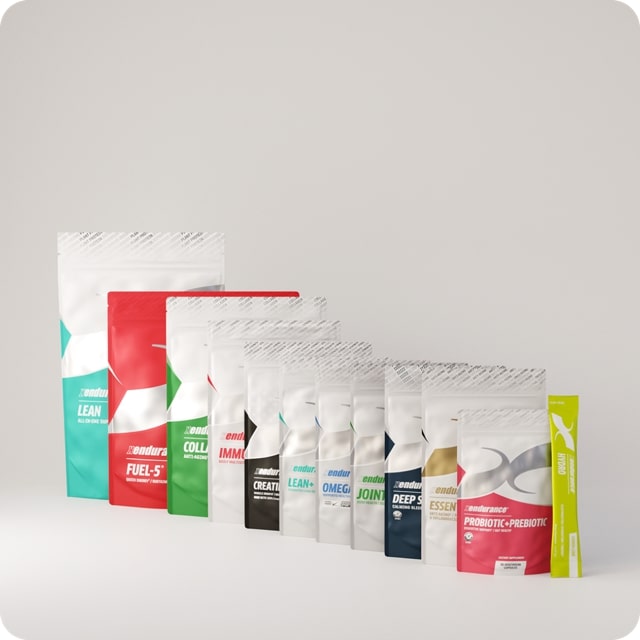
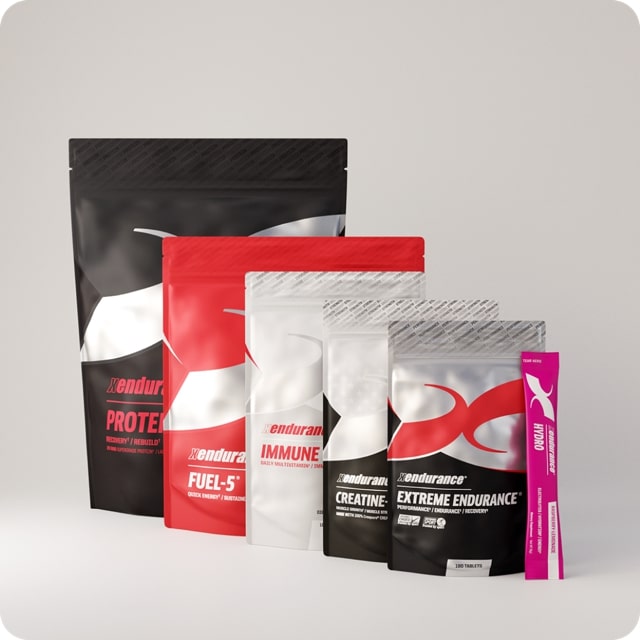
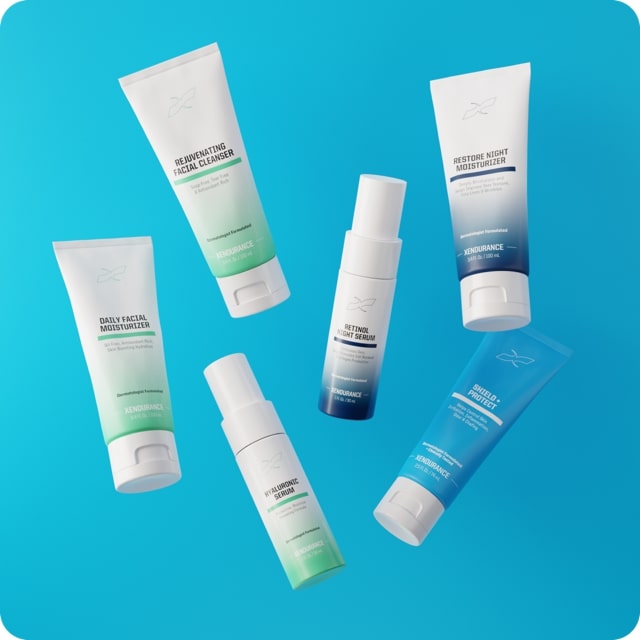
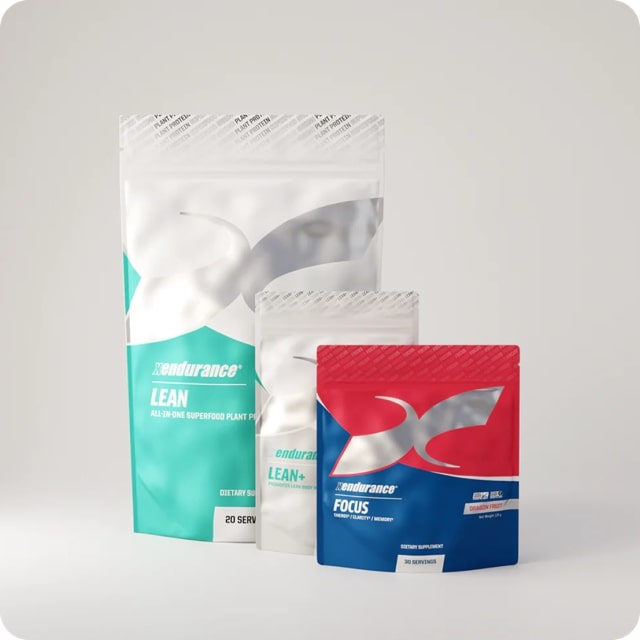
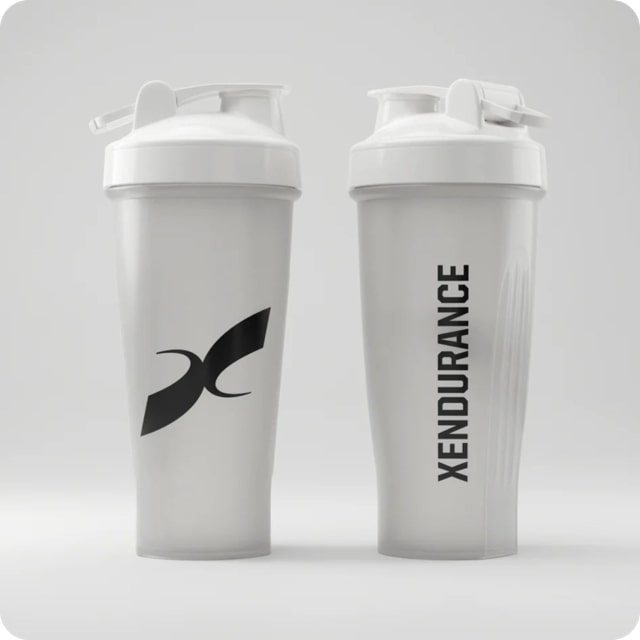



Leave a comment
This site is protected by hCaptcha and the hCaptcha Privacy Policy and Terms of Service apply.